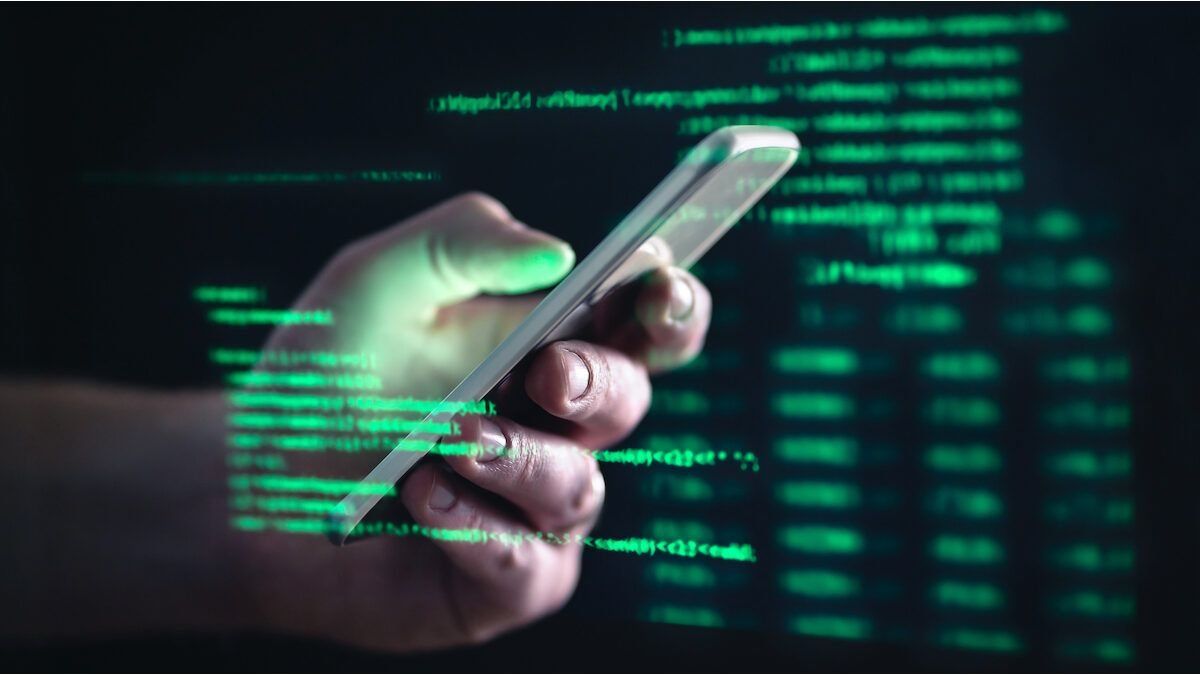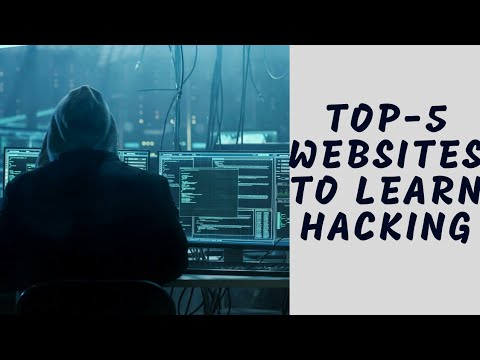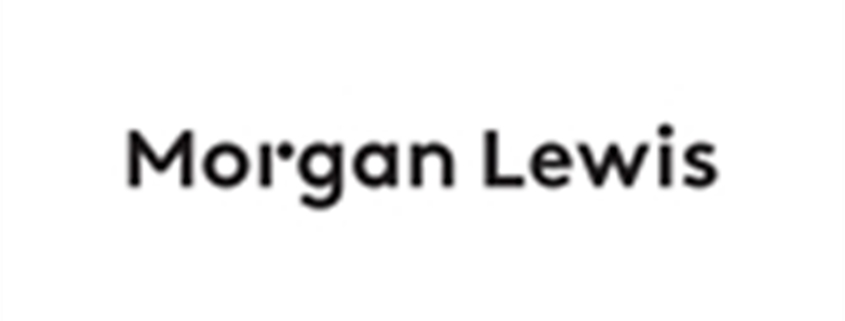Ransomware y malware, las amenazas más importantes del primer semestre de 2023
No es ninguna sorpresa que, en un mundo cada vez más digital, la ciberseguridad se haya convertido en una de las preocupaciones más dominantes. Este estado de ánimo se ve corroborado por el informe Security Mid-Year Report 2023 de Check Point Software, que ofrece una visión detallada de las tendencias y amenazas clave que han dominado en la primera mitad de 2023. Desde ataques a sectores específicos hasta la evolución de las amenazas de malware y ransomware, este informe proporciona información esencial para comprender los desafíos actuales en el ámbito de la seguridad informática.
¿Cuáles son los sectores que hoy están bajo la lupa? Un análisis específico nos muestra que la cantidad promedio de ataques por semana y organización en los sectores de salud y retail fueron muy importantes: muestran un aumento respectivo de 18 y 42% en relación al mismo periodo de 2022. Los sectores de consultoría y venta de hardware también mostraron su cuota de incremento respecto a 2022 con 27 y 18%, respectivamente. En contraste, los sectores de ISP/MSP (empresas de servicios informáticos e internet) y venta de software experimentaron una baja, en el orden del 9 y 6% cada una. Por su parte, los sectores más atacados continúan siendo los de educación, gobierno y salud, pero los datos de ransomware señalan que manufacturas y retail son los sectores más extorsionados en términos absolutos.
Durante la primera mitad de 2023 se observó la circulación de una gran variedad de archivos maliciosos entregados tanto por web como por correo electrónico, aunque con cambios significativos en su prevalencia en comparación con 2022. Los archivos maliciosos distribuidos por la web incluyeron formatos como exe (49%) y sh (20%). Por correo electrónico, los archivos tipo one aumentaron un 3200%, mientras que docm, docx y exe experimentaron disminuciones considerables. Además, se utilizaron formatos como ZIP, RAR e imágenes ISO en los correos electrónicos. Este último sigue siendo el principal vector de ataque: en este semestre 92% de todos los archivos maliciosos fueron entregados por esta vía.
El informe presenta estadísticas globales de malware para la primera mitad de 2023…



